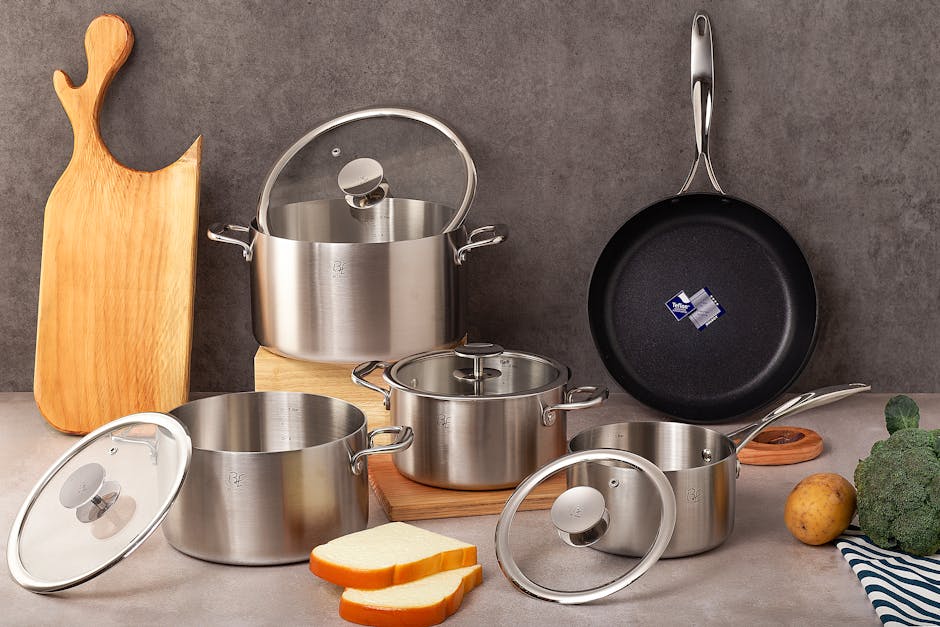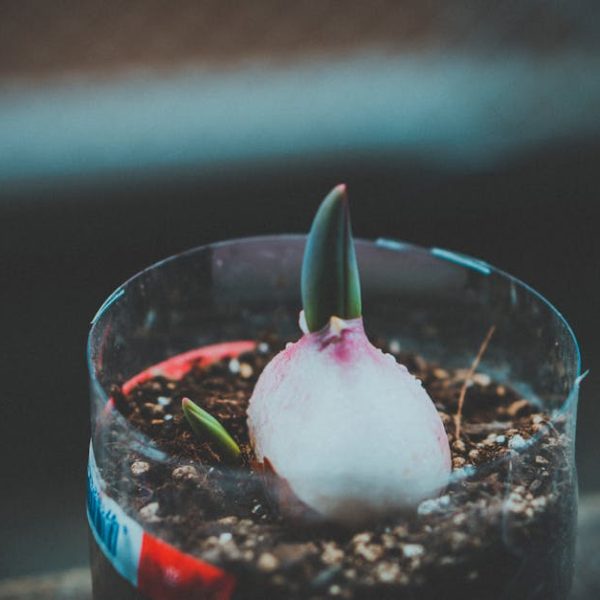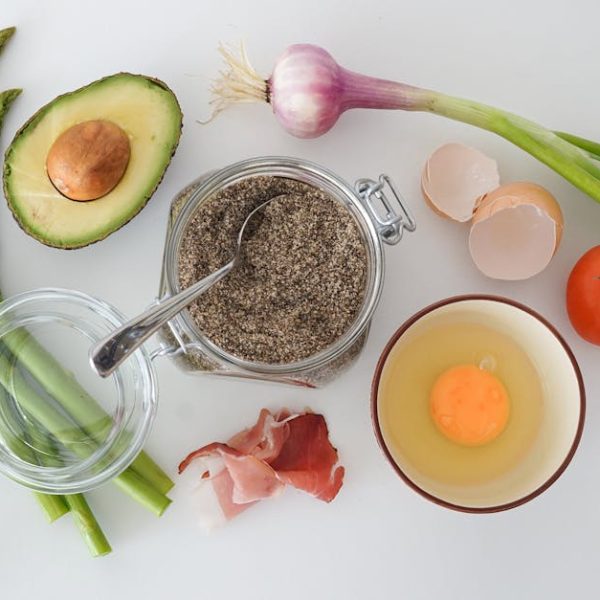Ah, the humble potato – an incredibly versatile starchy tuber that’s adored in cuisines worldwide. However, like all fresh produce, potatoes can spoil over time, possibly soup-spiking your meals with an unpalatable flavor or worse, a bout of food poisoning. Identifying a bad potato is easier than you think, provided you know what markers to examine. In fact, you can use your eyes, hands, and nose to assess the quality of this delicious tuber. Let’s delve into five simple tips that will help you identify whether your potato is in prime condition or heading for the compost bin.
Understanding the Characteristics of Fresh Potatoes
The first step is to define a clear benchmark—understanding what a fresh, high-quality potato looks like, feels like, and smells like. A healthy potato:
- Is firm to the touch
- Has smooth, unwrinkled skin
- Is void of any sprouts, also known as ‘eyes’
- Is free of blemishes or cuts
- Doesn’t emit any unpleasant odor
Pro Tip: Storing fresh potatoes in a cool, dry, and dark area can prolong their shelf life. The right storage conditions can keep potatoes fresh for up to a few weeks to even a couple of months.
Tip 1: Bulging or Sprouting Eyes
Potatoes are literally eyes-wide-open. Those ‘eyes’ are small indentations from which the potato plant’s shoots grow. Bulging or sprouting ‘eyes’ doesn’t necessarily mean that a potato is bad. However, long, extensive sprouts tenaciously clinging to your potato do signify aging.
Best Practices:
- If the sprouts are short and shallow, you can simply scrape them off before cooking.
- If they are long and deep, best to discard the potato to avoid possible solanine (a toxin) consumption.
Comparison:
- A fresh potato will have shallow eyes, nearly imperceptible, whereas a less fresh one will have eyes that have started to sprout.
- Long, extensive sprouts signify an old potato, not necessarily a bad one. However, considering the potential for solanine development in old potatoes, it’s best to play it safe.
Tip 2: The Skin Tells a Story
Make sure to perform a detailed examination of the potato’s skin – it can reveal a lot about its quality. Healthy potatoes flaunt a uniform color – typically brown, reddish, or yellow, depending on the variety- devoid of black spots, green areas, cuts, or mold.
Checklist:
- Check for any major discolorations or spots.
- Look for cuts, bruising or mold patches.
- Green spots are signs of exposure to light and potential solanine presence.
‘Pros and Cons:
- The green part of the potato is high in solanine, which can cause symptoms such as nausea, diarrhea, and stomach cramps. However, if the green area is small, you might choose to simply cut away the affected part and cook the rest.
- If a potato is majorly green or has black or moldy spots, it’s time to bid it goodbye and avoid the risks associated with consumption.
Tip 3: Feel for Firmness
Fresh potatoes should feel solid and heavy in your hand. When you squeeze them gently, they should resist your pressure, signifying their taut freshness.
Pro Tip: While checking for firmness, be gentle. Indentations from a rigorous squeeze can initiate spoilage of the potato.
Best Practices:
- Store potatoes in a cool, dry place to prevent them from losing their firmness.
- Never store them in a refrigerator, as the low temperatures can cause the starch in them to break down to sugar, altering their taste and texture.
Tip 4: The Smelling Test
Trust your nose when it comes to identifying bad potatoes. They usually carry a distinct, unpleasant, and musty smell.
Pro Tip: Make sure to smell the potato in a well-ventilated area to get an authentic whiff of its natural odor, free from other food or cooking smells.
List: These distinct smells suggest that a potato should be discarded:
- An overly sweet smell may indicate that potato’s starch has been converted to sugar.
- A musty smell could indicate mold or mildew.
- A sour smell would mean the potato is rotten.
- An unusual, off-putting odor is a strong indicator that you shouldn’t eat the potato.
Tip 5: The Taste Factor
Ultimately, after all the physical checks, the real deal-breaker is the taste. A potato that tastes unusual or bitter should not be consumed. However, tasting a potentially bad potato involves risks.
‘Pros and Cons:
- While tasting gives you a surety, this might be risky as eating a bad potato can lead to food poisoning.
- The better tactic is to trust your senses. If the potato fails any of the previous checks, it’s wiser not to taste it.
Checklist: Identifying Bad Potatoes
- Check for bulging or sprouting eyes – discard if the sprouts are long and deep.
- Examine the potato’s skin – be wary of black and green spots, and mold.
- Feel the firmness – bad potatoes may feel soft and flabby.
- Conduct a smell test – any off-putting or unusual odor is a giveaway.
- Finally, the taste – avoid tasting if the potato fails of any of the prior checks.
With these tips and checks at your fingertips, you are armed with the knowledge needed to ensure that every potato you cook is fresh, healthy, and delicious. Happy cooking!
Key Takeaway:
- A fresh potato is firm, with smooth skin, no sprouts or ‘eyes’, is free of blemishes or cuts, and has no unpleasant odor.
- Sprouting eyes on a potato signifies aging; long, extensive sprouts necessitate discarding away the potato.
- The skin of the potato reveals its quality; discolorations, black or green spots, and mold indicate that a potato is not fit for consumption.
- A fresh potato is firm to touch, and any softness suggests that the potato might be bad.
- Bad potatoes usually carry a distinct, unpleasant, and musty smell.
- Despite the physical inspections, the ultimate test lies in tasting the potato; however, potatoes that fail previous checks should not be tasted.
Remember that to enjoy the delicious versatility of potatoes, it is crucial to ensure their freshness and high quality. With these tips, you can make informed decisions while picking and storing potatoes, thus enhancing their taste and nutritional value. Happy potato selection and scrumptious cooking!
FAQs
Q: How long can fresh potatoes last if stored correctly?
A: If stored properly in a cool, dark, dry area, potatoes can remain fresh for several weeks to a couple of months.
Q: What’s the significance of green spots on a potato’s skin?
A: Green areas on a potato’s skin indicate exposure to light and the potential presence of solanine, a harmful toxin. It is safe to eat the potato after removing these areas; if considerable, it’s better to discard the potato.
Q: Why shouldn’t potatoes be stored in a refrigerator?
A: Storing potatoes in a refrigerator can cause the starch in them to convert into sugar, this alters their taste and texture.
Q: What does an unusual smell in a potato indicate?
A: An unusual odor in a potato could indicate spoilage caused by mold, mildew, or rot. It could also mean the potato’s starch has converted into sugar. In any of these scenarios, it’s safer to avoid consuming the potato.
Q: Are potatoes safe to eat after removing the moldy spots?
A: For small mold spots, one could cut away the affected part and consume the rest. However, if the mold has spread significantly, it’s better to discard the potato, as mold spores might have penetrated deep into its flesh.
Don’t forget to share this article with your friends and fellow potato fans! For more informative posts on culinary tips, continue exploring our website.






